Experience
It’s ten years this year since I first launched Museums, Monuments, and Memory, a course in which fifteen upper-level students collaboratively design, construct, populate, and staff an exhibition on a topic I reveal to them on the first day of class. It’s one of my favorite classes to teach, experiential to its core, and collaborative in a way that few history classes get to be.
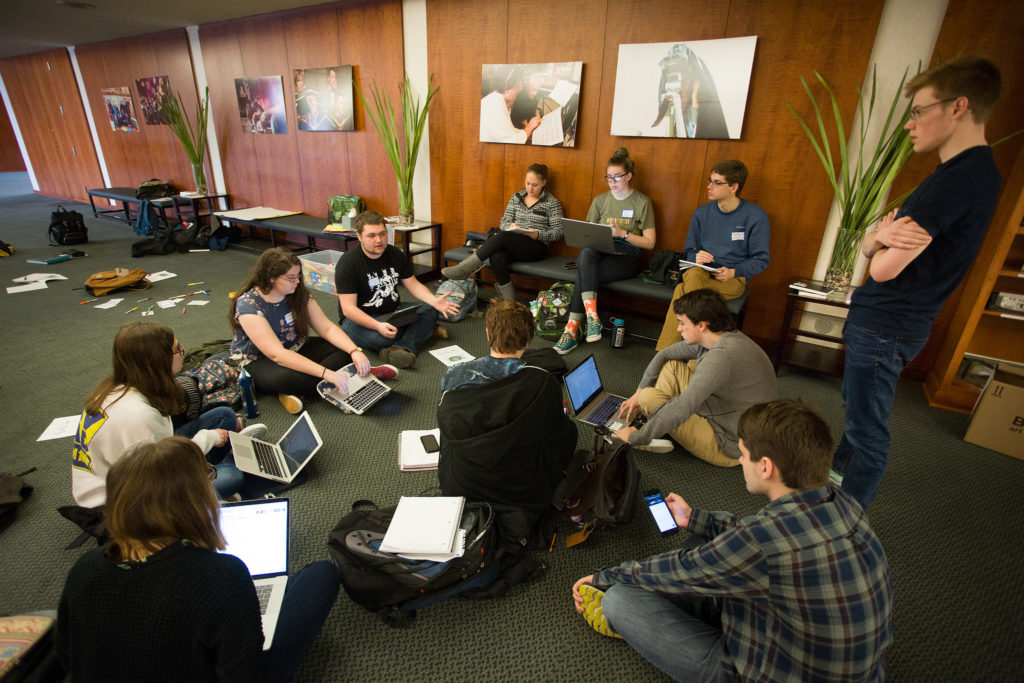
The anniversary of that first exhibition has me reflective, as does recently seeing someone on twitter denounce experiential learning as inherently anti-intellectual. Their tweet was in response to John Kijinkski’s “On ‘Experiential Learning’” in Inside HigherEd, an essay that posited students were better served by challenging classroom activities than by “real world” experiences like serving as a legislative aid, or working in a library’s archives. The latter, Kijinski argued, had only short-term benefits, whereas the former would serve students their whole lives.
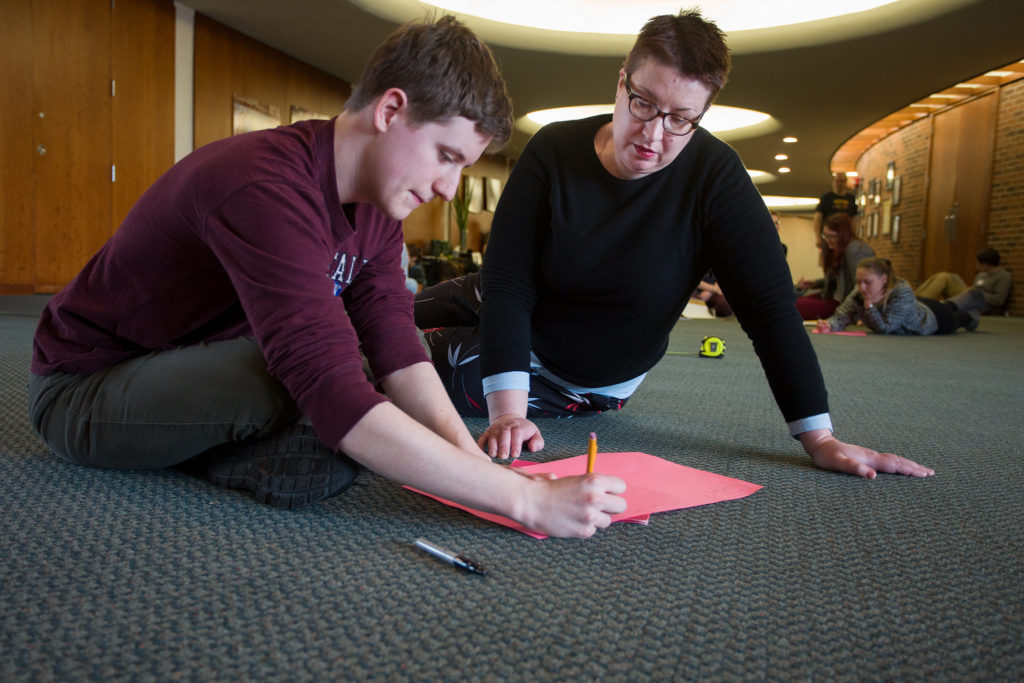
There’s plenty I take issue with in that article. The distinction between the “real world” and college life is inherently problematic, as if our students are not living real lives, right now, with all their inherent stresses and challenges (food and housing insecurity, financial difficulties, health problems, assault, time scarcity, and more). I’ve also found that my students who engage in internships and career shadowing for a period of time come back from the experience enriched by new ideas about what they’d like to do with their education. Many return having decided their former career plans are not for them; many realize that they need more value-driven careers than they had once imagined; many realize they have real, transferable skills that they hadn’t taken seriously, but now realize open up a world of possibility to them.
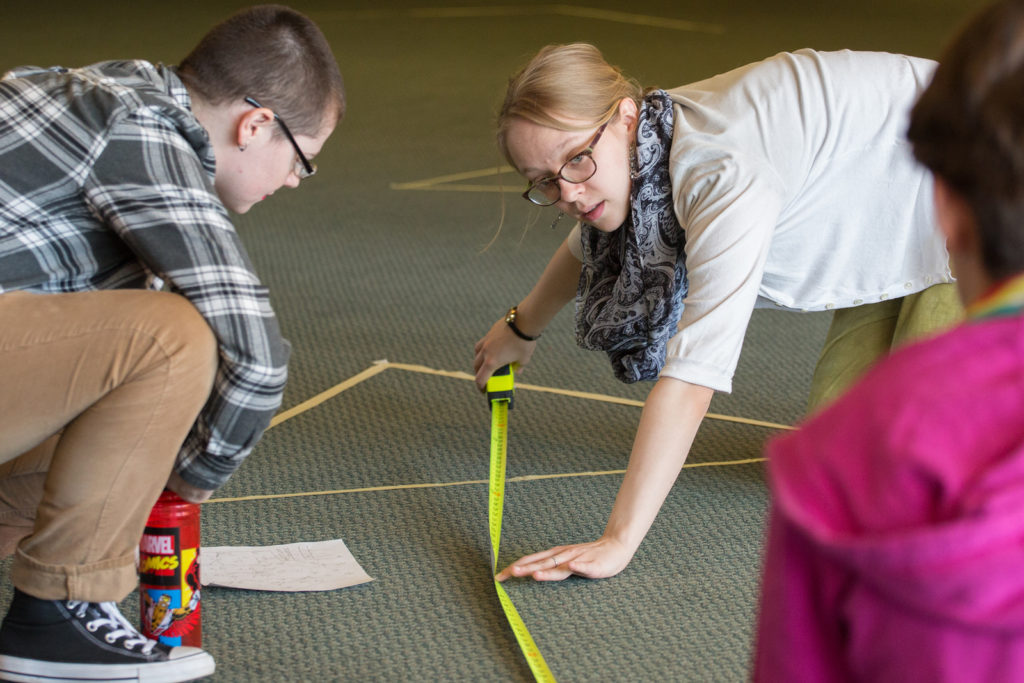
But what I most object to is the idea that there’s an inherent opposition between classroom learning and experiential learning.
Take my Museums class as an example. (Full syllabus [here].) We spend the early part of the term dividing our time between reading theories of how to do good public history, and class periods spent brainstorming and refining our exhibit design. We read a large number of exhibit reviews and consider what professional historians consider vital in a good exhibition. We think about what’s coded into monuments, and how imprinting a certain narrative upon a landscape is a form of social control. We explore archival work as social justice work, and we think about the politics of exhibitions, especially when it comes to how they’re funded. Our conversations are wide-ranging and challenging, asking students to really see the public history around them and to question the decisions that led up to the finished form they’re examining.
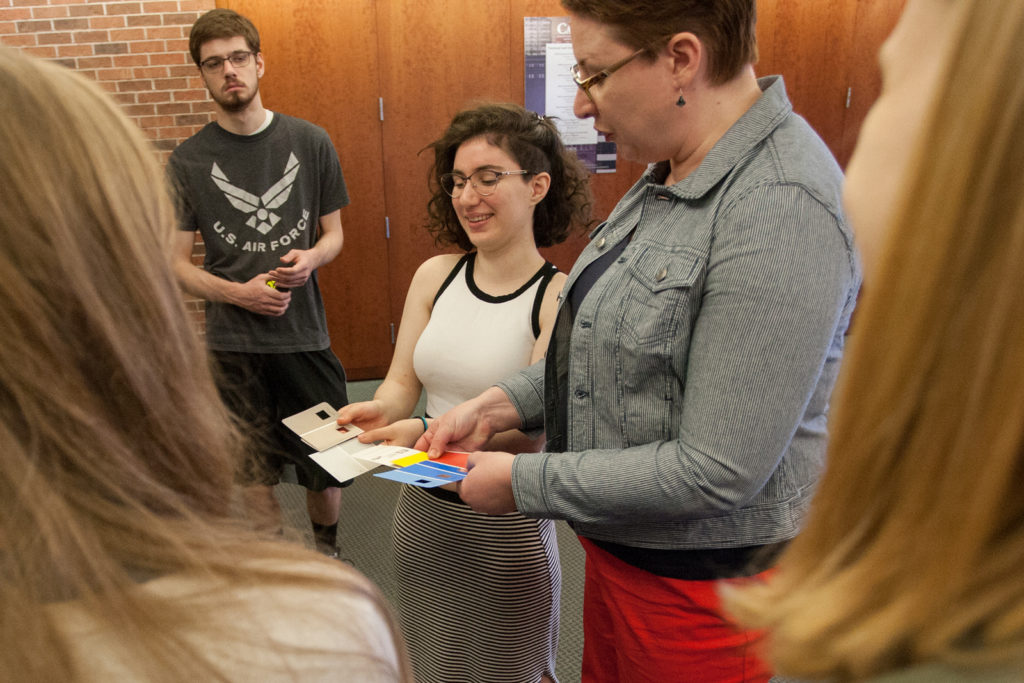
We also go to visit museums. An earlier version of this course took students to The Abraham Lincoln Presidential Library and Museum in Springfield, IL to spend a whole day examining every nook and cranny of that institution’s operation. Thanks to a generous donor, I took seventeen students to NYC two years ago to visit a digital cultural agency in Brooklyn, to do a walking tour of Revolutionary Manhattan, to visit the New York Historical Society, to see ‘Hamilton’, and to spend six hours at the Met. (The students paid nothing for this trip.) This was, without a doubt experiential learning, but it was also intellectual, as the students analyzed every experience, asked insightful questions of the professionals with whom we interacted, kept evaluative journals, and spent hours in conversation about what they’d seen. They drew on the readings we’d already completed to inform their thinking, and when we came home, used their experience to inform their continued intellectual learning about exhibits. (This year we’re headed to Washington, D.C.)
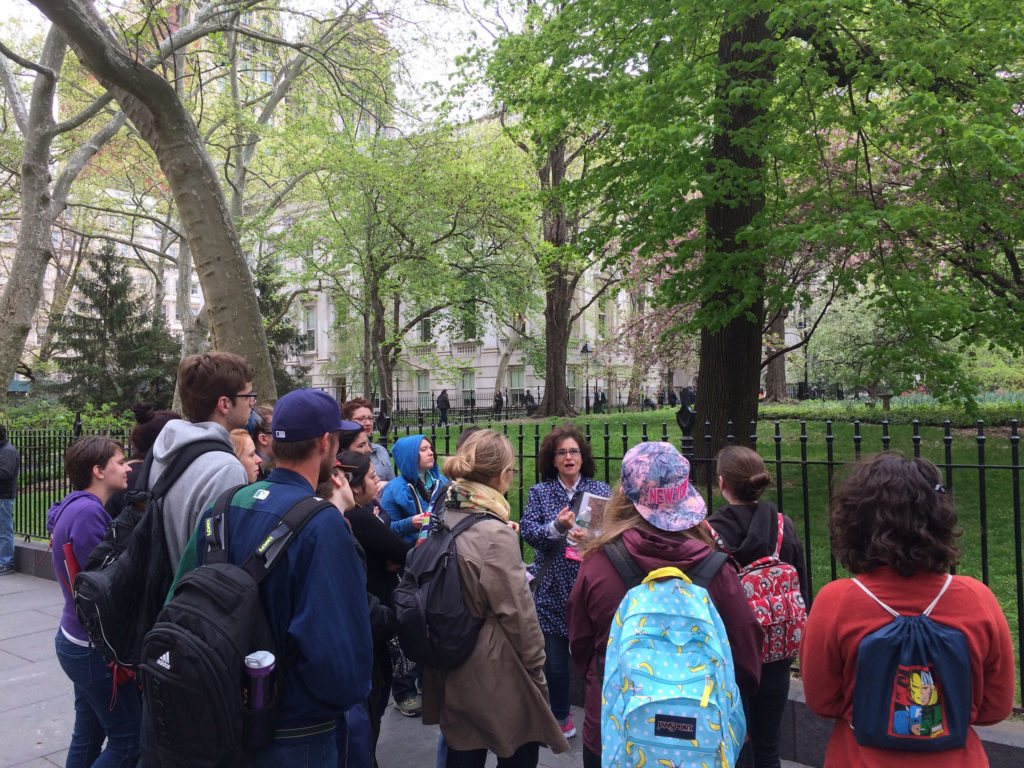
The students have to gather up all these pieces of information – classroom-based and experiential – and turn them into their own exhibit. We don’t have a dedicated gallery space on our campus, so every two years we build our own exhibit architecture while also researching the exhibit’s topic and identifying sources we can display. Fifteen people channel their creativity, research skills, organizational capabilities, editing talents, and ability to wield a paint brush or a hammer or a drill until we end up with a finished exhibition by the end of term. They adapt to each other’s circumstances, employ universal design so that students with disabilities are full participants in the process, and learn to work as a team. I think those are all skills worth learning.

I could teach a class in which we only engaged with museums through books and articles. I could teach a class in which we just made an exhibition. But both pale, I think, in comparison to a class that does both. The best experiential learning is that which is framed by intellectual learning, before, during, and after the experience. Let’s challenge ourselves to equip our students with the intellectual frameworks they need to make incisive sense of their experiential work, rather than insisting on a oppositional framework between the classroom and the world around it.
One thought on “Experience”
Hearing you talk about the various iterations of you Museums class has been so inspirational to me in thinking about my own teaching—here’s to ten more great years!